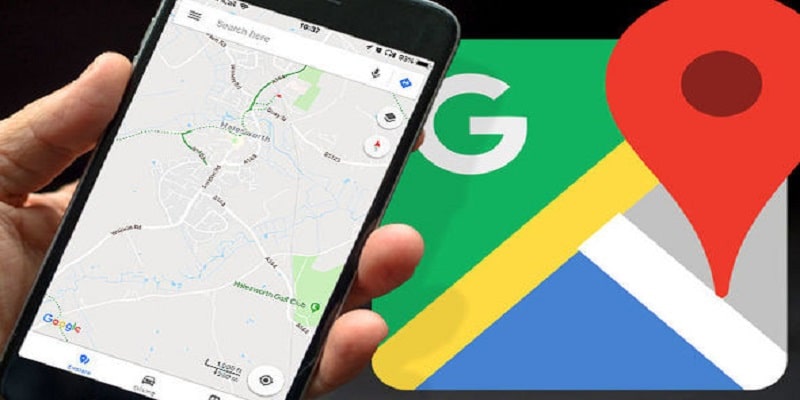Google Maps is a vital tool for going from one place to another in a very convenient and timely manner. However, at times, you might not necessarily need the fastest route, or you could have the feeling that there will be traffic on the more popular roads.
When this is the case, it is time to use a less popular tool on Google Maps named Avoiding highways. In this tutorial, we will show you how to do it with the desktop or mobile version of the site. See How To Avoid Highways On Google Maps?:
How Can I Avoid Highways On Google Maps On Desktop?
- Head to maps.google.com.
- Tap into the blue right-turn icon, seen close to “Search Google Maps”
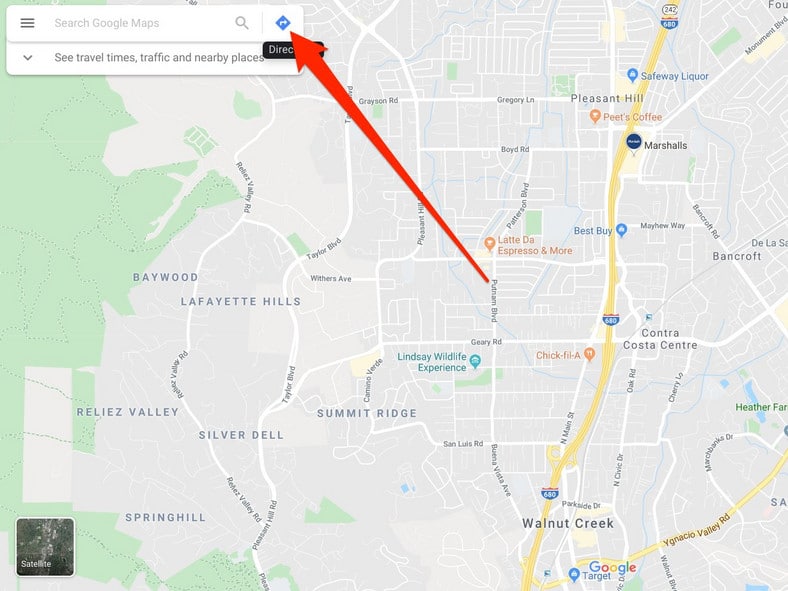
You Might Also Want To Read- How To Report Road Incidents In Google Maps On Your iPhone?
- Type in your beginning and ending points.
- Tap “Options.”
- Make sure the box close to “Avoid Highways.” is ticked.
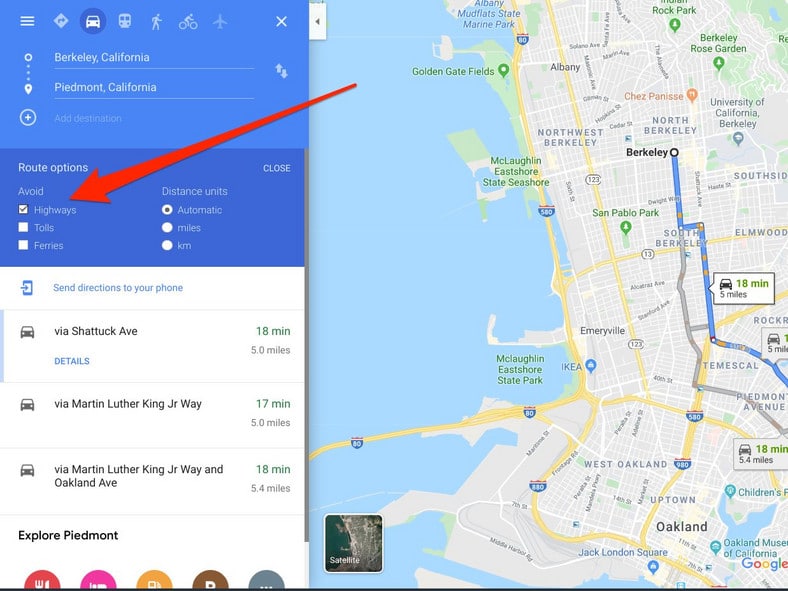
How Can I Avoid Highways On Google Maps In The Mobile App?
- Launch the Google Maps app on your iOS or Android device.
- Choose the 3 stacked lines to open the menu (the location might vary depending on the type of device you own.)
- Click “Settings.”
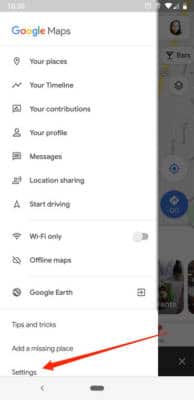
- Choose “Navigation settings.”
- Swipe down to “Route options” and enable “Avoid highways”
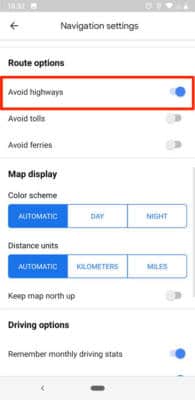
You Might Also Want To Read- How To Measure The Distance Between Various Points On Google Maps?
You can even choose to avoid tolls and ferries if that is what you want.
More Information About Google Maps
Google Maps is a web mapping service developed by Google. It offers satellite imagery, aerial photography, street maps, 360° panoramic views of streets (Street View), real-time traffic conditions, and route planning for traveling by foot, car, bicycle and air (in beta), or public transportation.
Google Maps began as a C++ desktop program at Where 2 Technologies. In October 2004, the company was acquired by Google, which converted it into a web application. After additional acquisitions of a geospatial data visualization company and a realtime traffic analyzer, Google Maps was launched in February 2005. The service’s front end utilizes JavaScript, XML, and Ajax. Google Maps offers an API that allows maps to be embedded on third-party websites, and offers a locator for businesses and other organizations in numerous countries around the world. Google Map Maker allowed users to collaboratively expand and update the service’s mapping worldwide but was discontinued from March 2017. However, crowdsourced contributions to Google Maps were not discontinued as the company announced those features will be transferred to the Google Local Guides program.
Google Maps’ satellite view is a “top-down” or “birds eye” view; most of the high-resolution imagery of cities is aerial photography taken from aircraft flying at 800 to 1,500 feet (240 to 460 m), while most other imagery is from satellites. Much of the available satellite imagery is no more than three years old and is updated on a regular basis. Google Maps used a variant of the Mercator projection, and therefore could not accurately show areas around the poles. However, in August 2018, the desktop version of Google Maps was updated to show a 3D globe as the default projection. It is still possible to switch back to the Mercator Projection in the settings.
Google Maps for Android and iOS devices was released in September 2008 and features GPS turn-by-turn navigation along with dedicated parking assistance features. In August 2013, it was determined to be the world’s most popular app for smartphones, with over 54% of global smartphone owners using it at least once.
In 2012, Google reported having over 7,100 employees and contractors directly working in mapping.
